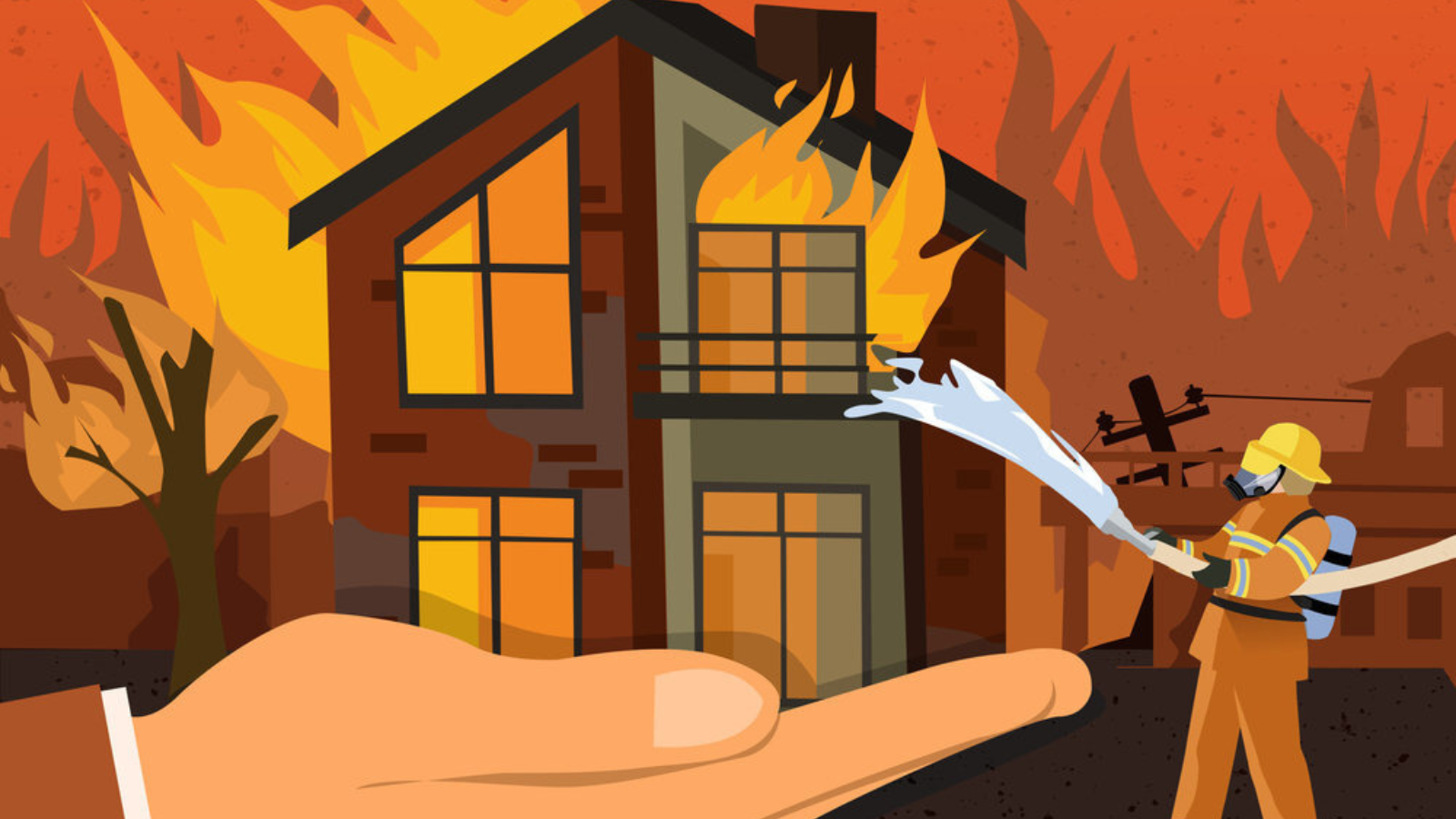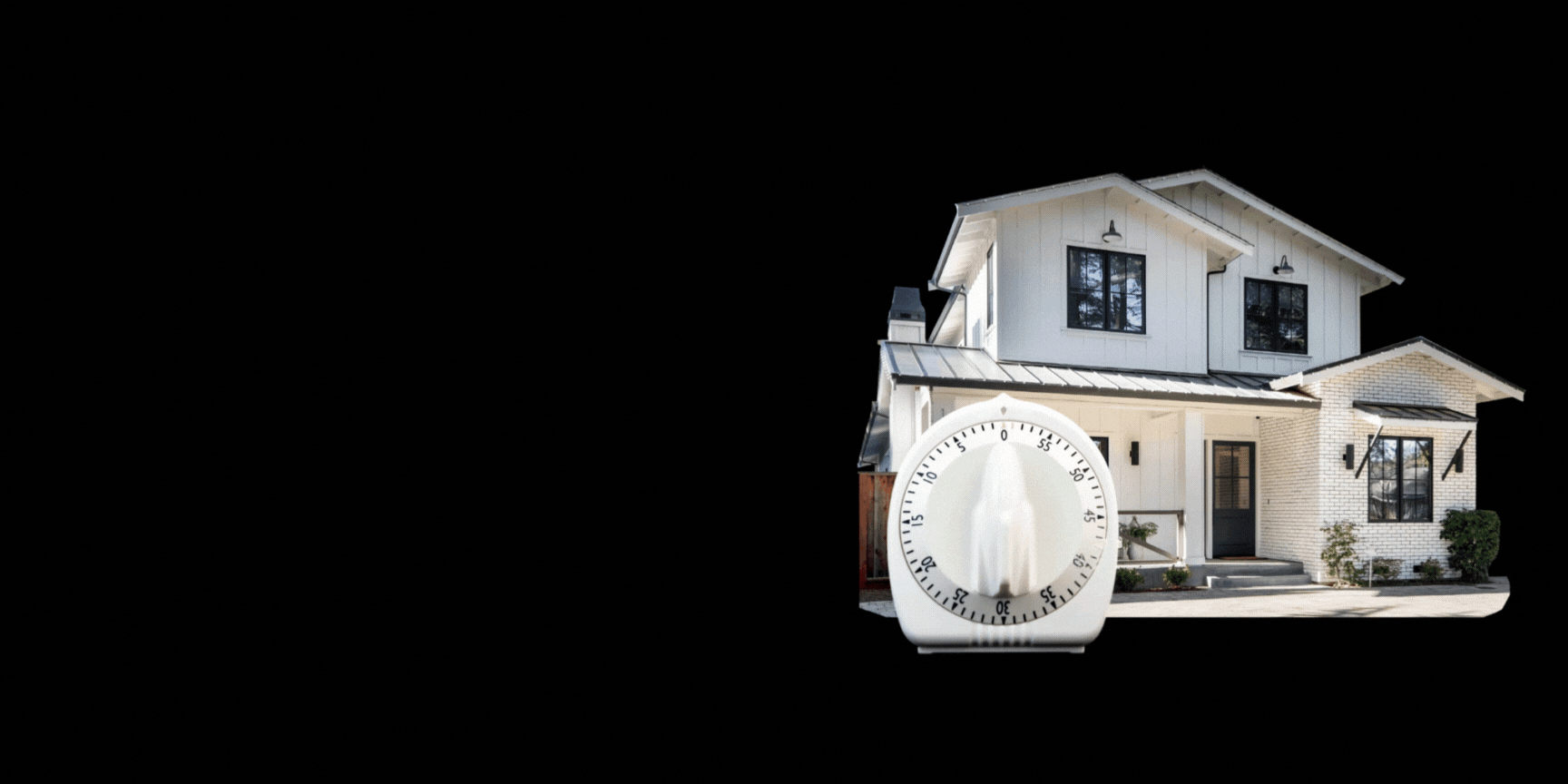The recent catastrophic wildfires in California have left a trail of destruction in their wake, particularly in Santa Cruz. These devastating infernos have resulted in the loss of thousands of properties, the displacement of hundreds of thousands of people, and significant financial losses. It is crucial for homeowners and renters in Santa Cruz to ensure that their insurance policies are up to date and offer sufficient coverage to rebuild their homes in the event of a wildfire.
In this comprehensive guide, we will explore the key points that Santa Cruz residents need to know about their insurance policies and how to navigate the claims process in case of wildfire damage. Whether you live in the immediate vicinity or anywhere else in the country, this information can help you protect your home and belongings.
Understanding Your Policy Coverage
Your standard homeowner’s insurance policy generally covers damages to your home caused by a wildfire, including fire and smoke damage. It may also include coverage for smoke-damaged furniture repair and cleaning, water damage from firefighting efforts, and debris removal. However, the extent of coverage may vary based on the type of policy and whether you live in a high-risk zone.
Here are some aspects of your property that may be covered under your insurance policy:
1. Dwelling or Main Property
Your policy typically covers damage to your main dwelling caused by a wildfire. This includes the structure of your home, such as the walls, roof, floors, and attached fixtures.
2. Detached Structures
Detached structures on your property, such as garages, sheds, or fences, may also be covered under your policy. It is essential to review your policy to determine the extent of coverage for these structures.
3. Landscaping and Backyard Items
If your landscaping or other backyard items, such as trees, plants, or outdoor furniture, are damaged by a wildfire, your insurance policy may provide coverage for their repair or replacement.
4. Personal Property
Your policy may include coverage for personal belongings inside your home, such as furniture, appliances, clothing, and electronics. However, it is important to note that coverage limits for personal property can vary, and you may need additional coverage for high-value items like jewelry.
5. Debris Removal
In the aftermath of a wildfire, the removal of debris can be a significant expense. Fortunately, many insurance policies cover the cost of debris removal, ensuring that you can clear your property and begin the rebuilding process.
6. Additional Living Expenses
If your home becomes uninhabitable due to wildfire damage, you may be eligible for coverage of additional living expenses. This provision, often referred to as Loss of Use coverage or Coverage D, can help with temporary residence, moving costs, transportation, and commuting expenses during the rebuilding period.
It is crucial to review your insurance policy carefully to understand the specific coverage and limits for each category. If you have any doubts or questions, consider consulting with an insurance agent or broker who specializes in wildfire-related coverage in Santa Cruz.
Evaluating Replacement Value vs. Actual Cash Value
When assessing the coverage provided by your insurance policy, it is important to understand the difference between replacement value and actual cash value. These terms can affect the amount of compensation you receive in the event of a wildfire-related loss.
1. Actual Cash Value
Actual cash value refers to the depreciated value of your possessions at the time of the loss. In this settlement, your items will be replaced based on their current, depreciated value. This means that you may receive less compensation than the original purchase price.
2. Replacement Value
In contrast, replacement value coverage provides you with enough money to replace your lost items without considering depreciation. Although premiums for policies with replacement value coverage may be higher, it can be worth it as it allows you to restore your belongings to their pre-loss condition.
When reviewing your insurance policy, consider whether you have actual cash value or replacement value coverage. If you have actual cash value coverage and want the additional protection of replacement value, you may need to discuss options for upgrading your policy with your insurance provider.
Loss of Use Coverage and Its Importance
While assessing your insurance policy’s coverage for property damage is crucial, it’s equally important to understand the provisions for Loss of Use coverage. Loss of Use coverage helps cover the expenses associated with temporary living arrangements when your home becomes uninhabitable due to a wildfire or other disasters.
1. Temporary Residence
Loss of Use coverage provides funds to cover the cost of temporary residence, such as hotel rooms or rental properties, while your home is being repaired or rebuilt. This ensures that you and your family have a safe and comfortable place to stay during this challenging time.
2. Moving Costs
If you need to move your belongings to a temporary residence, Loss of Use coverage may also include coverage for moving costs. Whether you require professional movers or need to rent a moving truck, this provision can help alleviate the financial burden.
3. Transportation and Commuting Expenses
Loss of Use coverage often extends to transportation and commuting expenses incurred due to the temporary relocation. This can include costs associated with commuting to work, school, or other daily activities from your temporary residence.
It is essential to review the limits and duration of Loss of Use coverage in your insurance policy. The length of coverage can vary by state, and in California, the law currently allows for 24 months of loss of use coverage. However, starting in January 2019, it will increase to 36 months, providing homeowners with additional time to rebuild and recover.
Ensuring Sufficient Coverage for Rebuilding
While Loss of Use coverage is vital, it’s equally important to ensure that your insurance policy provides sufficient coverage for the cost of rebuilding your home. In Santa Cruz, where construction costs can be high, it’s crucial to have adequate coverage to avoid any financial gaps.
Here are some steps you can take to ensure you have sufficient coverage:
1. Review Your Policy
Start by carefully reviewing your insurance policy to understand the coverage limits and any exclusions that may apply. Pay close attention to the coverage for your dwelling and detached structures to ensure they accurately reflect the current cost of rebuilding in Santa Cruz.
2. Consider Code Upgrades
Consider purchasing additional coverage for code upgrades. Building codes and regulations may have changed since your home was built, and this coverage can help cover the cost of bringing your home up to the latest standards. It ensures that your rebuilt home meets the necessary safety requirements and avoids any potential code violations.
3. Document Your Home and Belongings
Take proactive measures to document your home and its contents. Use your smartphone to take pictures and videos of your property, including the interior and exterior of your home, as well as your personal belongings. Store these images on a cloud-based platform for easy access and safekeeping.
In the event of a wildfire-related loss, these visual records can serve as valuable evidence to support your insurance claim. Additionally, keep track of receipts for any significant purchases, as they can help establish the value of your belongings.
4. Work with an Insurance Professional
Collaborating with an experienced insurance agent or broker who understands the unique challenges of insuring properties in high-risk areas like Santa Cruz can make a significant difference. They can guide you through the intricacies of your policy, explain additional coverage options, and help you make informed decisions to protect your home and assets.
Remember, your insurance policy is the safety net that can help you recover from a wildfire-related loss. By ensuring that you have adequate coverage and understanding the provisions of your policy, you can have peace of mind knowing that you are prepared for the unexpected.
Conclusion
As a resident of Santa Cruz or any other high-risk area, understanding your homeowner’s insurance policy in case of a wildfire is crucial. The recent devastating wildfires in California serve as a reminder of the importance of comprehensive coverage and proper preparation. By reviewing your policy, documenting your property, and working with insurance professionals, you can ensure that you have sufficient coverage to rebuild and recover in the event of a wildfire-related loss.






